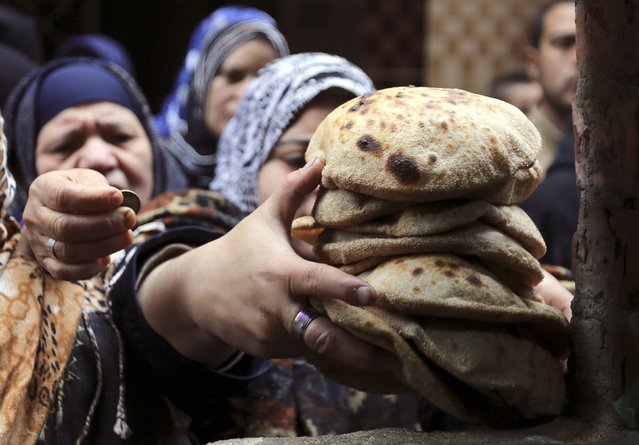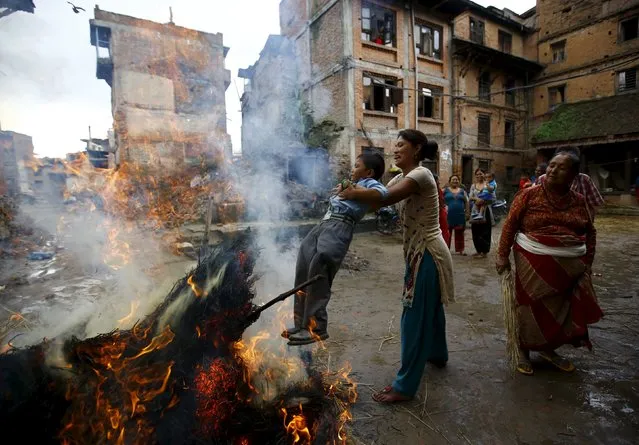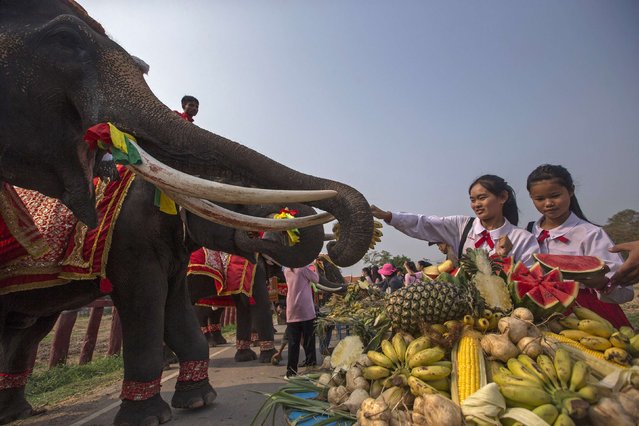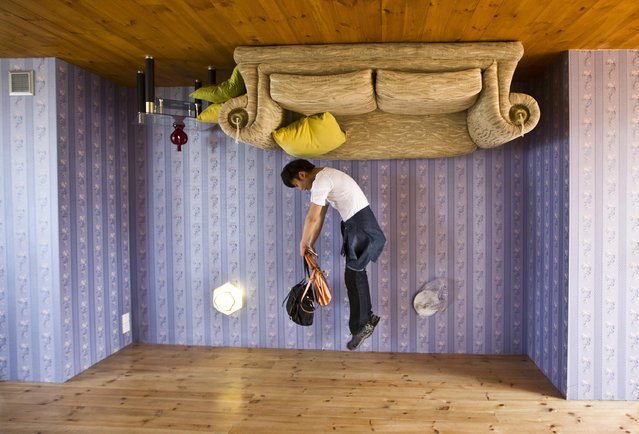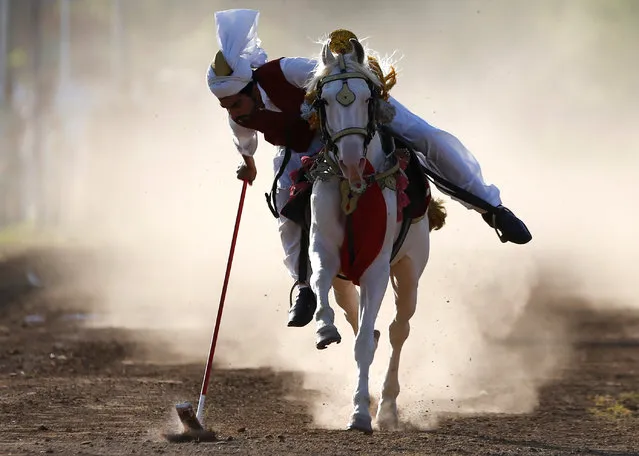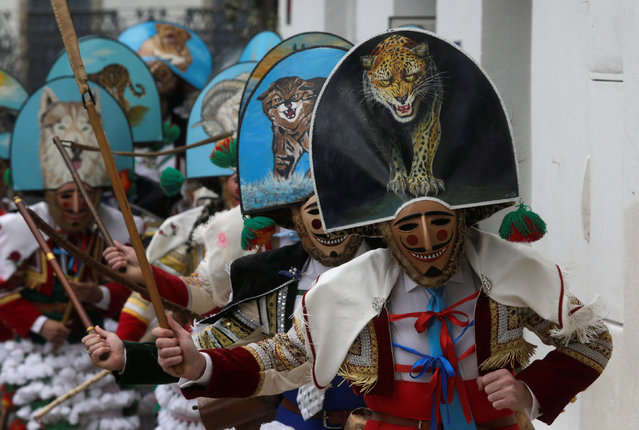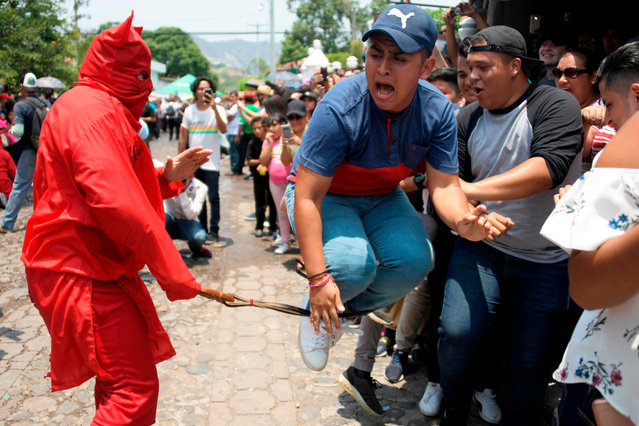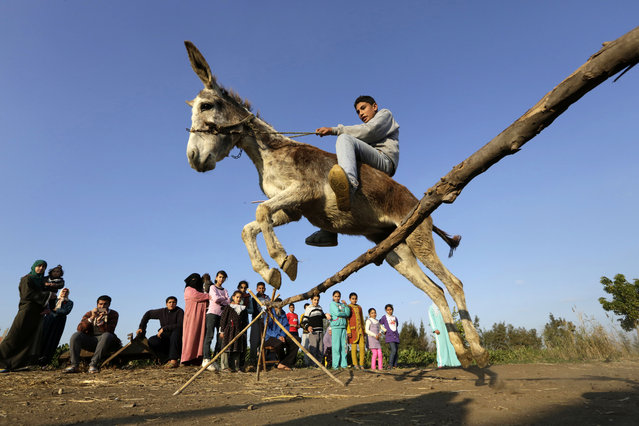
In this Friday, February 5, 2016 picture, Egyptian farmer Ahmed Ayman, 14, rides his trained donkey as he jumps over a barrier in the Nile Delta village of Al-Arid about 150 kilometers north of Cairo, Egypt. He discovered the donkey's talent after she jumped over a small irrigation canal. (Photo by Amr Nabil/AP Photo)
11 Feb 2016 12:37:00,post received
0 comments

